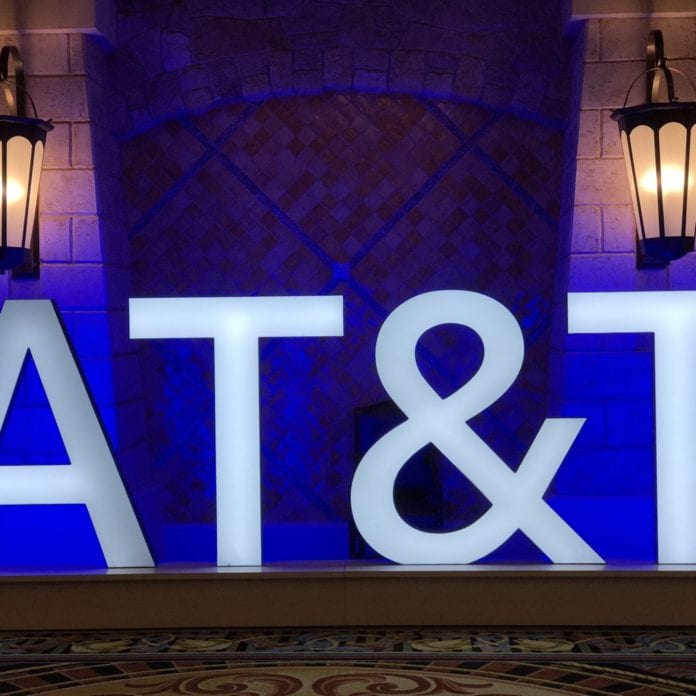FirstNet passes 600,000 subscribers
In a wide-ranging interview this week at the MoffettNathanson’s
6th Annual Media & Communications Summit in New York City, AT&T Senior Executive Vice President and Chief Financial Officer John Stephens discussed how the carrier’s deployment of FirstNet lays the foundation for nationwide 5G coverage by mid-2020.
FirstNet, a dedicated LTE network for public safety users, passed 600,000 “connections” earlier this month from engagements with more than 7,000 public safety agencies. According to AT&T, FirstNet is 25% faster than any domestic commercial networks; that claim is based on Ookla test data covering average download speeds in Q1 2019.
And the FirstNet build is instrumental to AT&T 5G plans, Stephens said. “The FirstNet contract, which is enabling us to go through a process from an LTE to evolve into a 5G network, is really working. We’re getting dramatic speed uptakes. If you look at the two fastest networks in the United States right now, they’re both ours.”
He continued: “One’s the FirstNet network, which is the fastest, which is a separate core. And the second one is the AT&T Mobility network. That’s what’s driving the business. That’ll drive innovation, that’ll drive opportunity.”
Essentially, as AT&T touches its sites to deploy Band 14 for FirstNet, crews are upgrading other equipment to support the 5G New Radio specification. Stephens said the operator is working toward “national coverage of 5G” by the “middle of the next year.”
AT&T has mobile 5G available in 19 markets and is adding three more soon. Stephens said the carriers has a nationwide average of 350 megahertz of 39 GHz millimeter wave spectrum based on its purchase of FiberTower.
5G “require[s] denser markets,” Stephens said. “Those require fiber backhaul and more small cells. In our case, we have a unique advantage because we’re the historic telephone company in so many places…we have a ton of fiber on the ground. And we have business relationships with customers and with cities and so forth.
“But it is a much more [small cell] intensive than this core network coverage that we have. So we view that as a real advantage. If we
were doing 5G simply on small cells, I’d have a different perspective on CapEx and the requirements and the timing because we can build national
footprint on what we have. And because we’re doing this FirstNet touch already, we can coordinate this to…make it be very efficient.”

